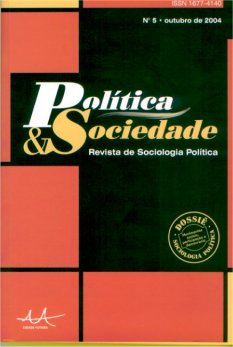“Uma cidade negra entre os brancos”. Revisitando o gueto negro da América
DOI:
https://doi.org/10.5007/%25xResumo
Este artigo retorna à história social dos afro-americanos para mostrar que um gueto não é simplesmente um conglomerado de famílias pobres ou um acúmulo espacial de condições sociais indesejáveis (privação de renda, habitação precária, crime endêmico e outros comportamentos disruptivos), mas uma forma institucional, um instrumento de enclausuramento étnico-racial e poder através do qual uma população urbana tida como desonrosa e perigosa é ao mesmo tempo isolada e controlada. Este enquadramento institucional compulsório, baseado no confinamento espacial, foi notado por todos os grandes estudiosos afro-americanos da categoria negro-urbano no século vinte, de W. E. B. Du Bois, St. Clair Drake e Horace Cayton a E. Franklin Frazier, Kenneth Clark e Oliver Cromwell Cox. A elisão da dimensão étnico-racial do enclausuramento urbano, no drama acadêmico da “underclass” do gueto – que emergiu nos anos 80, e que redefine o “gueto” em termos estritamente econômicos – é revelada para expressar a supressão crescente da raça na pesquisa orientada para políticas, à medida que a “Guerra à Pobreza” deu lugar à “Guerra ao Bem-Estar Social”.Downloads
Publicado
2004-01-01
Edição
Seção
Artigo
Licença
Os artigos e demais trabalhos publicados em Política & Sociedade, periódico vinculado ao Programa de Pós-Graduação em Sociologia da UFSC, passam a ser propriedade da revista. Uma nova publicação do mesmo texto, de iniciativa de seu autor ou de terceiros, fica sujeita à expressa menção da precedência de sua publicação neste periódico, citando-se a edição e data dessa publicação.
Esta obra está licenciada sob uma Licença Creative Commons.




